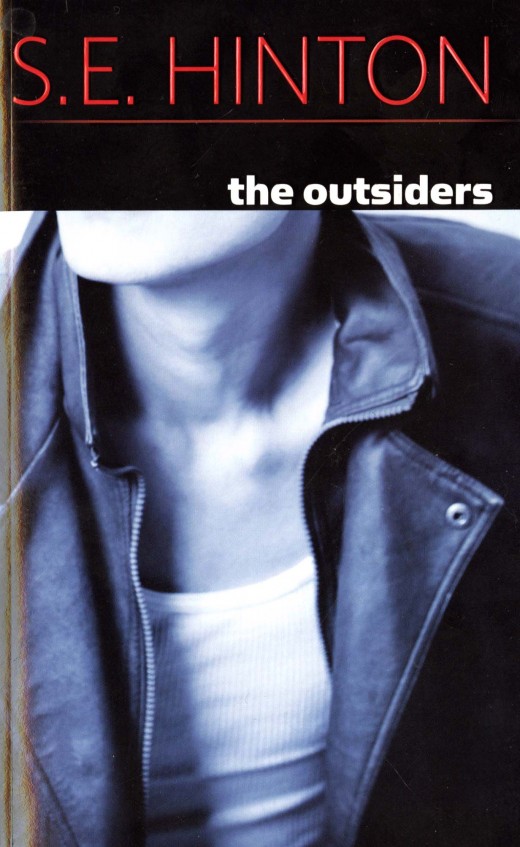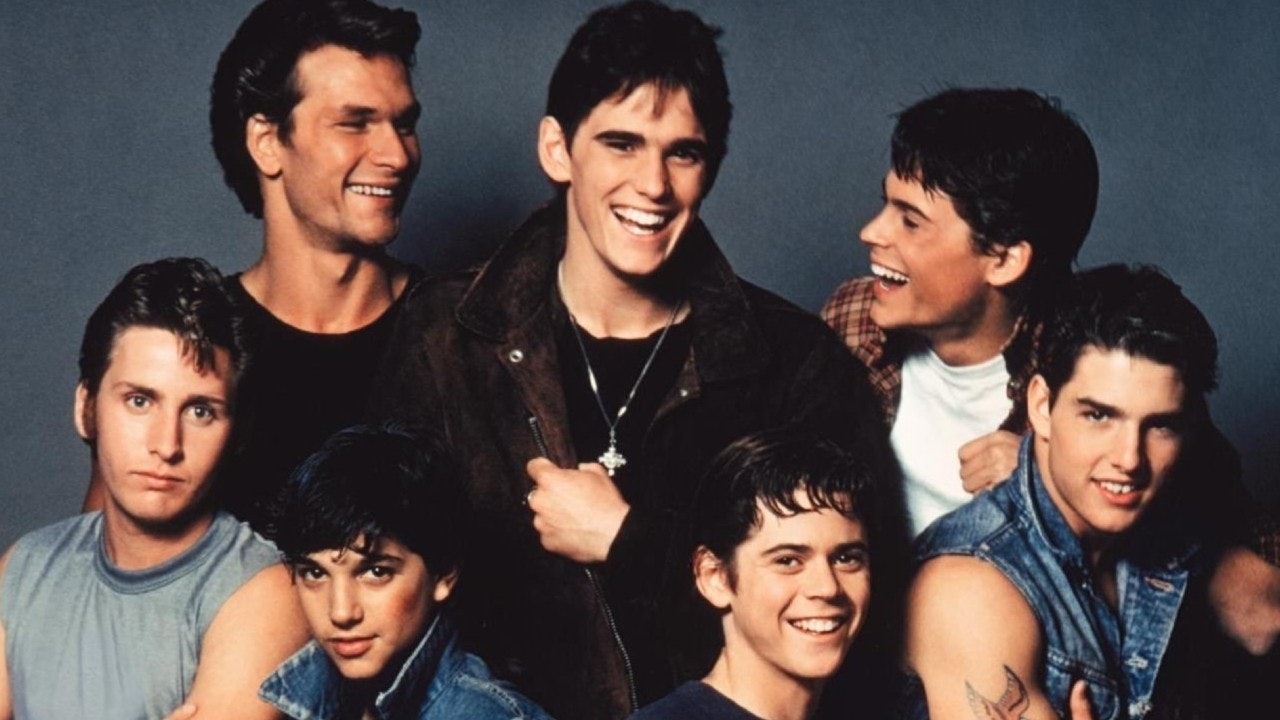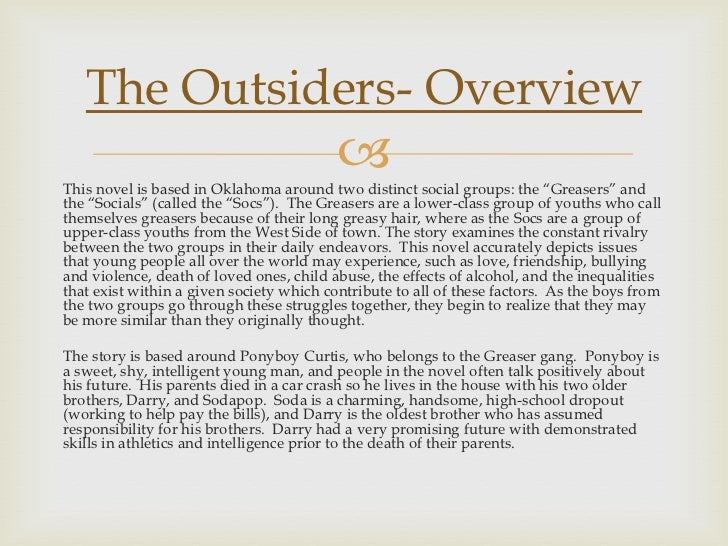

She has also served as a consultant on the film adaptations of her novels and has even appeared in minor roles. Other than her writing, Hinton is kept busy by a family life and her son, Nicholas David. She only published one work in the 1980s, 1988's Taming the Star Runner, and in the 1990s she has focused more on picture books for younger readers than on novels. No longer an adolescent herself, Hinton was still able to bring her sympathy for teens and insight into their lives to her work. In 1975, she published Rumble Fish, and Tex in 1979. Over the next decade, she published a new novel every four years. While in school she met her future husband, David Inhofe, who encouraged her to write her second novel, That Was Then, This Is Now (1971). The success of The Outsiders enabled Hinton to go to The University of Tulsa, where she earned a B.S. It was published to critical acclaim, won several awards, and became a cult classic among teen readers.

Hinton so that boys would not know the author was female. The Outsiders was published in 1967, when the author was just seventeen. A contract offering publication arrived during Hinton's high-school graduation ceremonies. The mother liked it enough to refer her to an agent, Marilyn Marlow of the Curtis Brown Agency. After working on the novel for a year and a half and through four rewrites, she let a friend's mother read it. She took inspiration from real events and people to create a story of class warfare between teens. Additionally, like her character Ponyboy, she wanted to record some events of her high school years. She wanted to create a realistic story about being a teen. To please herself, she decided to create a different fictional universe from these annoying "Mary Jane goes to the prom" novels. Adult literature was still a bit too complicated for her, while literature for teens consisted of innocent tales about girls finding boyfriends. When Hinton reached her teens, however, she could not find anything pleasing to read. Her early stories were about cowboys and horses, and she preferred plots with rough riding and gunfights. She was an avid reader as a child and experimented with writing by the time she tumed ten. Author Biographyīorn in 1950, Susan Eloise Hinton was raised in Tulsa, Oklahoma. It can be considered one of the first examples of the "young adult" genre, and after its publication literature for teens gained a new realism, depth, and respect for its audience. This novel's portrayal of disaffected youth has been criticized for its violent content, but it is now regarded as a classic of juvenile literature. The story explores the themes of class conflict, affection, brotherly love, and coming of age in a way that young people readily appreciate. Of this social situation result in the death of three teens. Set against them are the upper-class socials, or Socs, who enjoy drinking, driving nice cars, and beating up greasers. The greasers- whom Ponyboy distinguishes from "hoods"-are the heroes of the tale.

He lives on the East Side, a member of the lower class and a gang of "greasers." Quiet and dreamy, Ponyboy has conflicts with his older brother and guardian, Darrel, who keeps the family together. The novel is the story of a traumatic time in the life of a recently orphaned fourteen-year-old boy named Ponyboy Curtis. Its adaptation to film was a great success as well. Thirty years after its publication, the novel remains immensely popular and has sold more than four million copies in the United States. It drew a wide audience, particularly boys who were reluctant readers. In addition, it was an exciting narrative that captured teenagers' attention. In contrast, her story was real, graphic, emotional, and true to the challenges of being a teenager in twentieth-century America. In other narratives for teens, she could not find "the drive-in social jungle … the behind-the-scenes politicking that goes on in big schools, the cruel social system," or the teenagers who lived in those settings. "Where is reality?" she asked in an essay explaining her motivation in the New York Times Book Review. The Outsiders was published when she was seventeen and was her stark answer to the fluffy high school stories about proms and dates typical of the 1960s. Hinton irrevocably altered the course of juvenile literature in America with her first novel.


 0 kommentar(er)
0 kommentar(er)
